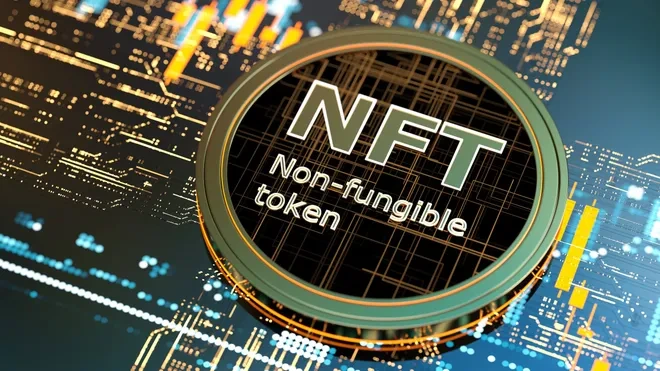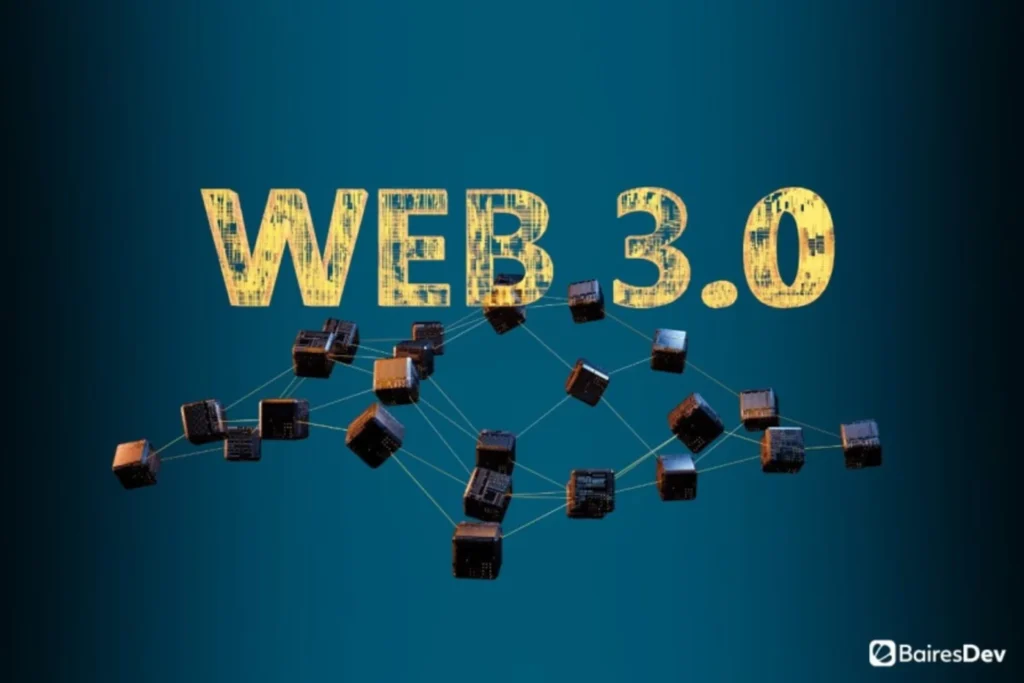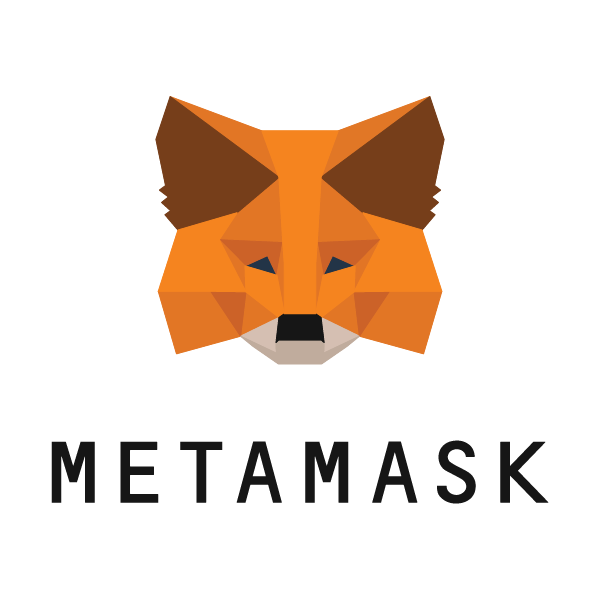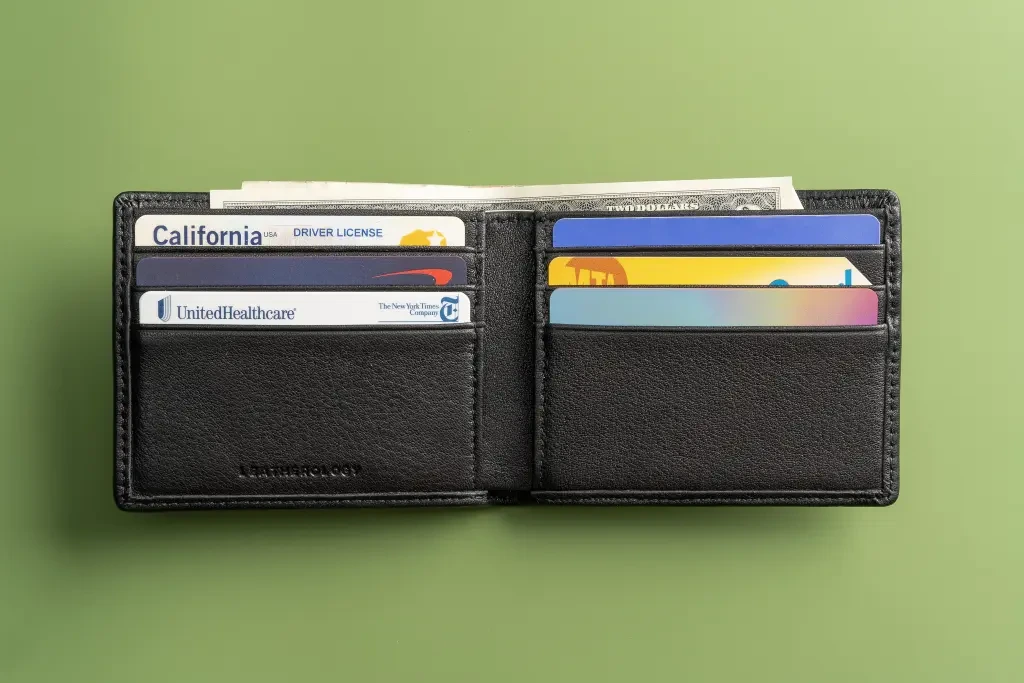How Web3 Is Quietly Rewriting Our Spending Habits
The way we spend, save, and even think about money is changing, and a lot of it is related to Web3 consumption. The idea represents a genuine, discernible change in financial behavior brought about by blockchain technology, digital assets, and decentralized platforms, even though it may sound like a catchphrase.
Knowing these shifts will help you grasp how digital economies are changing everyday life, regardless of whether you’re new to the area or already own cryptocurrency.
Web3 Consumption and the Value of Digital Ownership
How we define ownership has changed significantly in the Web3 era. Through technologies like NFTs (non-fungible tokens), Web3 enables verified digital ownership in contrast to traditional digital products (such music files or ebooks).
This means that you can possess a tokenized concert ticket, a digital artwork, or a virtual piece of land, and that ownership is documented on a blockchain for traceability and transparency.
This change affects many people’s financial decisions. People are increasingly choosing one-time purchases that provide long-term access or benefits over paying for subscriptions or short access. For instance, a digital membership card in NFT format may take the place of a monthly payment and offer the same or even more benefits.


Incentives and Participation: A New Kind of Spending
Users of traditional online platforms (referred to as Web2) were rewarded with badges or loyalty points. Web3 platforms, on the other hand, make use of token-based incentives, or tokenomics.
This implies that users that participate, share, vote, or produce content are frequently rewarded with real bitcoin tokens. These tokens may offer governance rights, enabling users to have an impact on platform development, or they may have actual value.
This new way of thinking is reflected in platforms such as Friend.tech and Lens Protocol. Users participate as contributors or co-owners in addition to spending money as customers. Compared to the conventional “pay-and-forget” strategy, this method makes Web3 usage more participative and interactive.


Financial Control and the Risks of Autonomy
The promise of financial independence is one of Web3’s main features. Users may store and move money directly with cryptocurrency wallets like MetaMask or Trust Wallet, eliminating the need for banks, payment processors, or centralized apps.
This degree of authority is liberating. Global, instantaneous, and fee-free transactions are available to users. But it also entails risks and duties.
The majority of Web3 systems do not have a “undo” button. You risk losing all of your money if you lose access to your private wallet keys. Furthermore, impulsive purchases may result from the convenience and speed of transactions. A lot of people have discovered the hard way how easily they may pay real money for high-risk tokens, digital collectibles, or hype-driven ventures.
So while autonomy is a step forward for many, it also requires a new level of financial literacy and discipline.


Web3 Consumption and Evolving Trust Models
Another core difference in Web3 consumption is how trust is established. In traditional commerce, we often rely on brands, regulators, and reviews to make purchasing decisions.
Web3 shifts that trust toward transparency and smart contracts. Transactions are recorded on public blockchains, and agreements can be coded into the system itself, minimizing the need for human intermediaries.
Moreover, communities play a bigger role in validating a project’s credibility. Instead of third-party reviewers, users turn to open-source code, on-chain activity, and decentralized community votes.
This may sound complex, but for many, it offers a greater sense of accountability—especially as tools to evaluate projects become more user-friendly.
What This All Means for the Future of Spending
The rise of Web3 consumption marks a turning point in how we interact with money. We’re seeing spending shift from traditional transactional behavior to something more layered: part ownership, part participation, part expression.
Of course, the space isn’t without challenges. Volatility, scams, and overhyped projects still pose risks. But at the same time, there’s growing potential for more equitable, transparent, and community-driven systems of value exchange.
As more people engage with decentralized tools, digital assets, and blockchain-enabled experiences, these behaviors will likely become more normalized. Understanding the principles behind Web3 consumption can help users make informed decisions—whether they’re investing in NFTs, participating in DAOs, or simply exploring a new kind of digital wallet.
In short, Web3 isn’t just altering what we spend money on—it’s transforming how we think about spending altogether.
Relevant Link : Here




